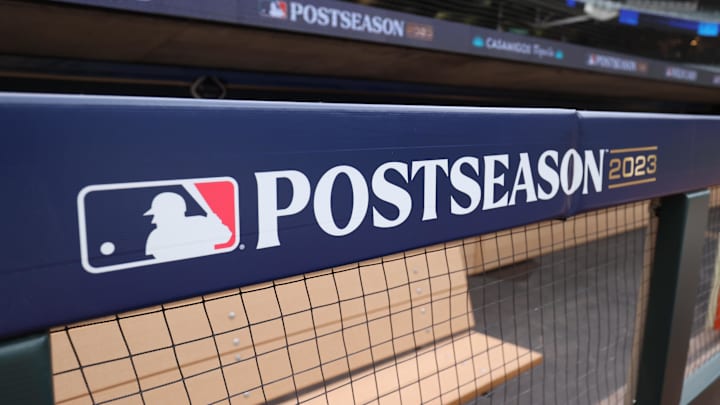How Do MLB Playoff Tiebreakers Work?

- Arizona Diamondbacks
- Atlanta Braves
- Baltimore Orioles
- Boston Red Sox
- Chicago Cubs
- Chicago White Sox
- Cincinnati Reds
- Cleveland Guardians
- Colorado Rockies
- Detroit Tigers
- Houston Astros
- Kansas City Royals
- Los Angeles Angels
- Los Angeles Dodgers
- Miami Marlins
- Milwaukee Brewers
- Minnesota Twins
- New York Mets
- New York Yankees
- Oakland Athletics
- Philadelphia Phillies
- Pittsburgh Pirates
- San Diego Padres
- San Francisco Giants
- Seattle Mariners
- St. Louis Cardinals
- Tampa Bay Rays
- Texas Rangers
- Toronto Blue Jays
- Washington Nationals
The 2025 MLB postseason is rapidly approaching, as a wild season is coming to a close and the playoffs are almost ready to begin. After the playoffs expanded from 10 teams to 12 in 2022, a number of new rules were instituted to change how the league's postseason works.
One of the biggest changes is the fact that there will be no more games to resolve tiebreakers at the end of the season. In the past, tied teams could wind up playing "Game 163" to fight for a playoff spot. Now math will do all of that work.
What is the current MLB playoff format?
Since the changes in 2022, six teams qualify for the playoffs from each league. Three division winners make it, as well as three wild-card teams.
The top two division winners earn byes to the division series. The third division winner and the wild-card teams will all participate in the wild-card round.
The wild-card round is a best-of-three series, with all games hosted by the higher seed. The third division winner faces the third-place wild-card team, with the winner facing the second-best division winner. The top two wild cards also face off, with the winner facing the top overall seed.
The division series is a best-of-five battle, with the team owning the better regular season record having home-field advantage.
The championship series in each league is a best-of-seven affair, and the team with the better regular-season record has home-field advantage. The World Series carries the same format.
What are the tiebreakers for the MLB playoffs?
The first tiebreaker is the simplest. If two teams wind up tied, the head-to-head record in their season series determines the higher seed.
If three teams are tied, things get more complex and MLB explains it like this: "If the three clubs DO NOT all have identical records against one another and Team X has a better record against Teams Y and Z, then Team X is the qualifier. If Team X and Y have identical records against one another and each has a better record against Team Z, then Teams X and Y follow the two-club tiebreaker rules to determine the qualifier. Otherwise, the three clubs are ranked by their overall winning percentage against one another, and the club with the highest overall winning percentage is the qualifier. If two of the clubs have identical winning percentages in this scenario, then they would follow the two-club tiebreaker procedure.
"If those teams do have identical records against each other, the team with the best intradivision record would qualify. And, "If the three teams are tied for a division championship plus one wild card spot, then, once the above is used to determine the division champ, the remaining two teams revert to the two-team tiebreaker procedure to determine the wild card."
The second tiebreaker is intradivision record. If head-to-head records are tied, then the teams' records within their division break the tie. That is true even if the tie is for a wild card spot and the two teams are not in the same division.
The third tiebreaker is interdivision record. If the teams' head-to-head and intradivision records are tied, then the tie would be broken based on how those teams fared against teams in their league but outside of their own divisions.
If interdivision records are tied, the last half of intraleague games will be the fourth tiebreaker. This would be determined by comparing the two teams' records against teams within their leagues over the last half of the season. That would include the last half of games mathematically, not just after the All-Star break.
If things are still even after that, the final tiebreaker is the last half of intraleague games, plus one. If things are still tied, the previous game on the schedule is used. That process is repeated until a winner can be determined.
More of the Latest Around MLB
feed
